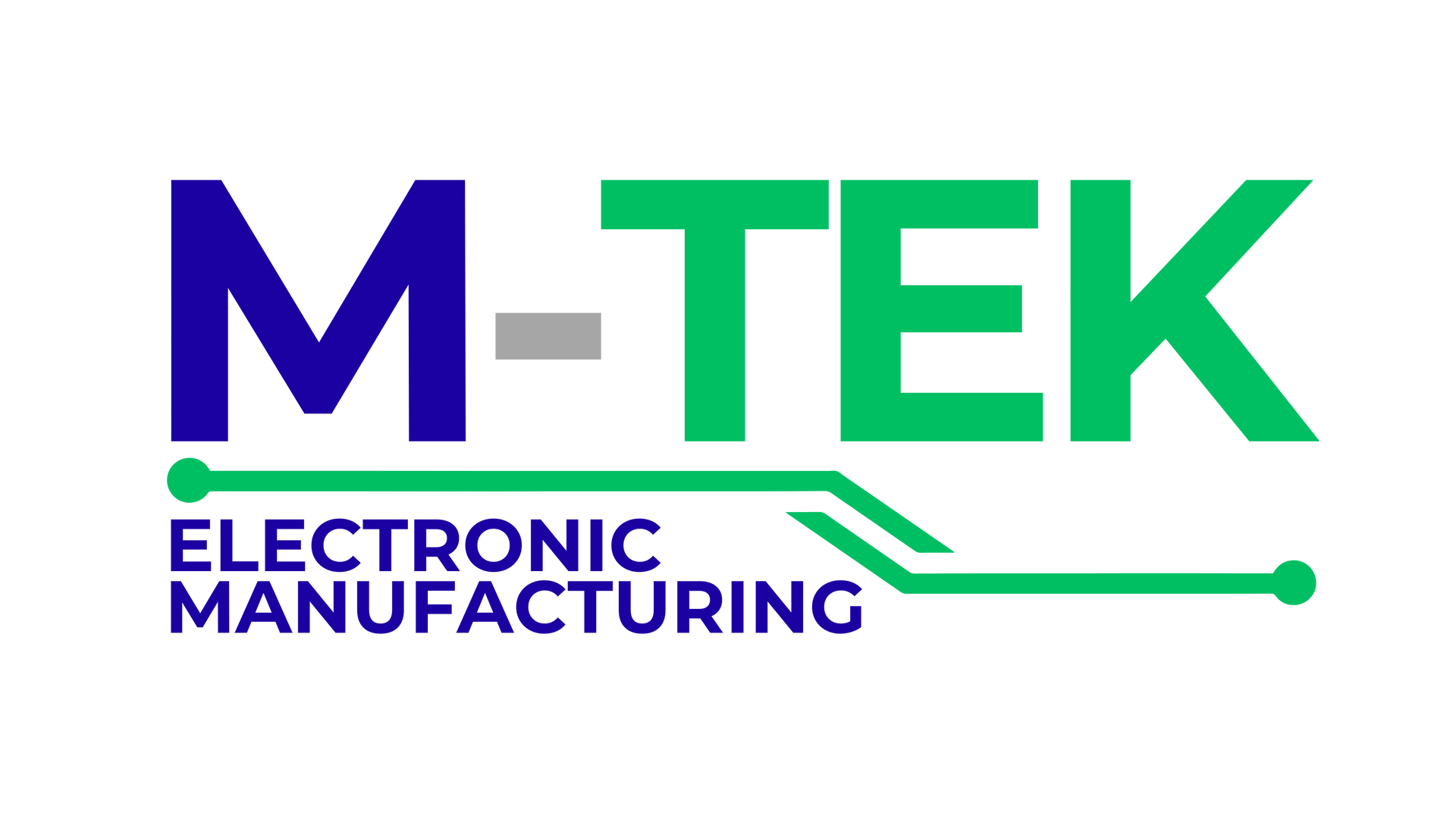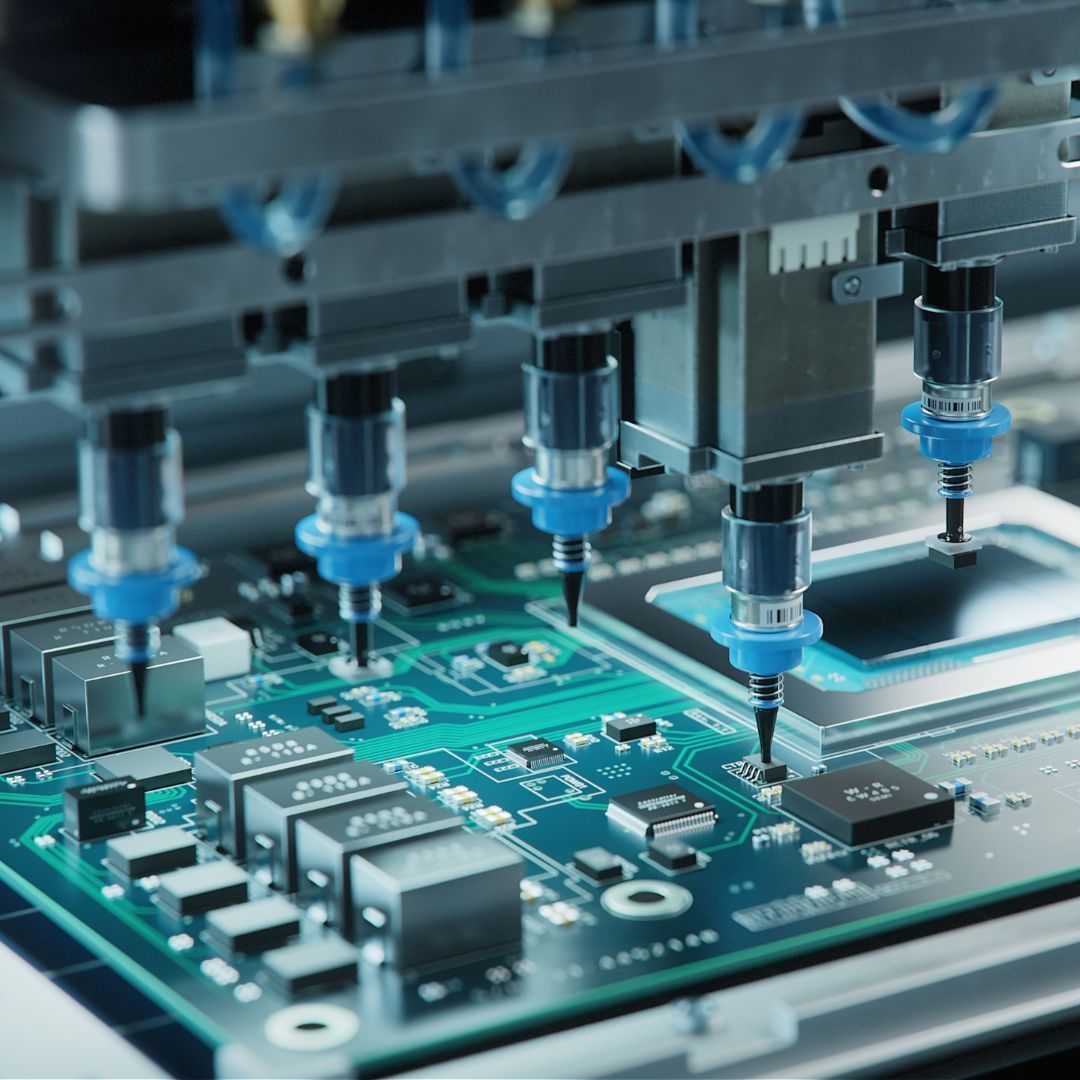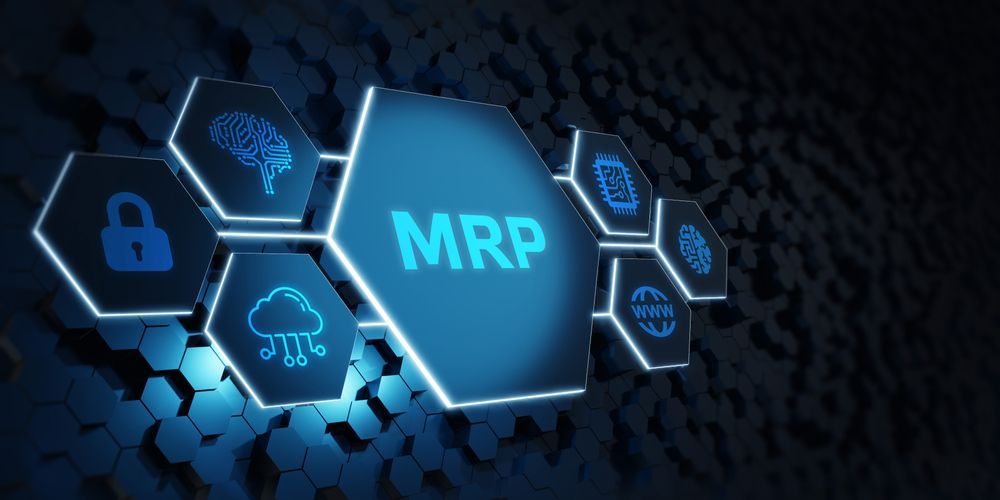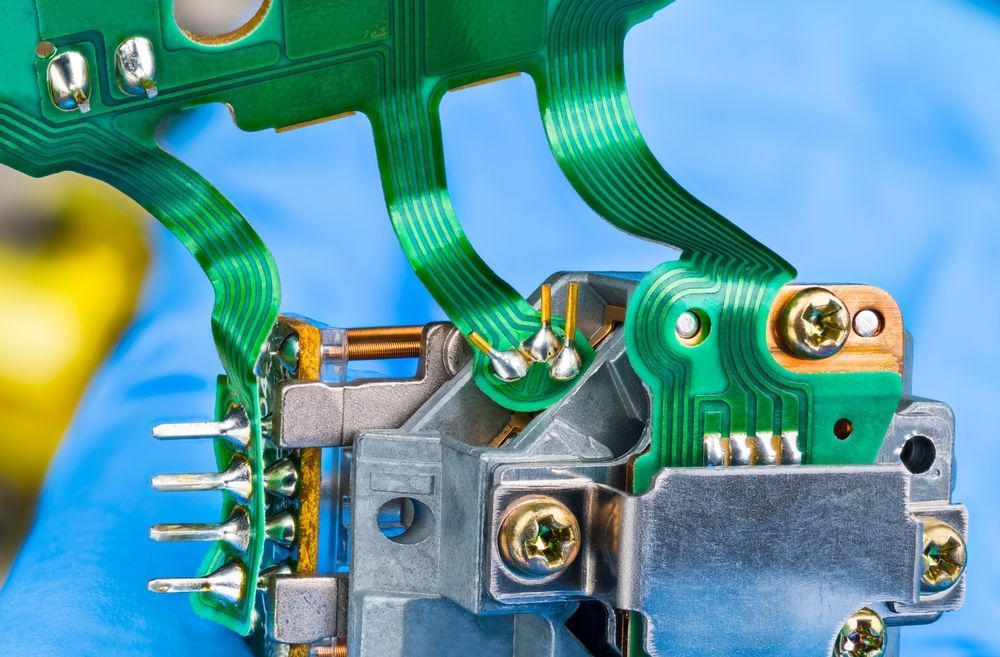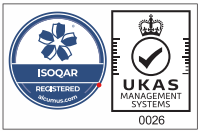What is Surface Mount Technology?:
If you look inside any modern electrical device, you will find it is full of microscopic devices. These devices are known as surface mount technology or SMT for short. Rather than traditional wire leads, these components go onto the surface of a printed circuit board (PCB). Typically all of today's technology is manufactured using surface mount technology because it offers a drastic advantage during the manufacturing process of a PCB. Thanks to the size of SMT components, it means manufacturers can pack far more electronic components onto a much smaller surface space.
The History of Surface Mount Technology
Since the 1970s, the level of automation has risen in the PCB assembly industry, with boards used in a variety of equipment. The traditional lead components did not work as easily for PCB assembly as they had done in the past. More often than not, resistors and capacitors would need to have their leads pre-formed so they would be able to fit through holes.
The technique proved to be difficult and very time-consuming. Patience was required to ensure the leads fit through the tight holes. Operators frequently had to intervene with the process and resolve component issues. This slowed down the PCB assembly but also increased the cost of production. Manufacturers soon found components could be soldered directly onto the board, saving time and money and surface mount technology was born.
Surface Mount Devices
As mentioned previously surface mount components are different to traditional lead components. With this comes different styles of packages available for the different variations in components. Listed below are the three categories for surface mount technology.
Passive SMDs
Passive surface mount devices (SMDs) come in a variety of packages. The majority of passive SMDs are usually SMT capacitors or SMT resistors, for which package sizes are well standardised. Other components such as crystals and coils usually have a more individual requirement so often have their packages. Connections to the PCB are created through metallised areas at either end of the package.
Transistors and Diodes
Often contained in a small plastic package are SMT transistors and diodes. The connection to the PCB is made through leads that arise from the package and are bent to touch the board. Three leads are used for these packages so that it is easy to see which way round the device has to go.
Integrated circuits
Integrated circuits come in a variety of packages. Depending on the level of interconnectivity required will determine the type of package. Many chips may only require 14 or 16 pins. However, those that are more complex will require 200 or more. With this in mind, there are a vast variety of different packages available to meet the needs of the various requirements.
To learn more about the
advantages of surface mount technology, read our previous article.
About M-Tek
By choosing M-Tek for your SMT assembly, you will also be doing your part to save the planet. We have achieved a net-zero carbon footprint from our use of electric vehicles, and for every circuit board we build, we plant a tree! Get in touch with one of our experts for help with your SMT and PCB assembly today. Call us on 01189 455377, or follow us on Twitter to stay up to date with our services.
